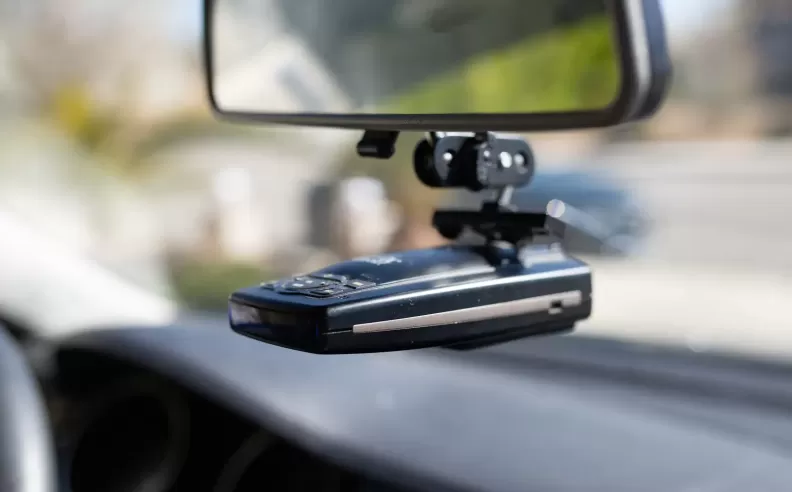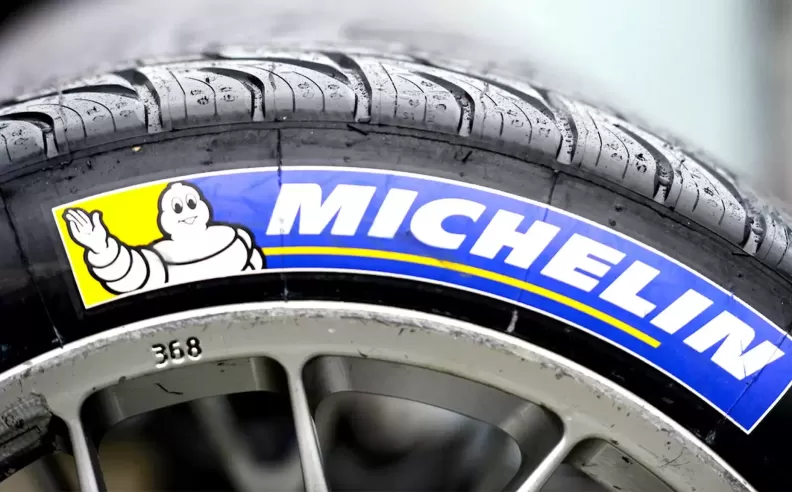
The race between speed enforcers and radar detector makers has been quietly unfolding for decades. From the humble beginnings of speed traps in the late 1800s to today’s laser-guided precision systems, every leap in police technology has been met with a countermove by radar detector companies. This ongoing battle has reshaped the driving experience, influencing both safety tools and legal boundaries across the globe.

Radar detector technology has come a long way since Dale T. Smith created the Fuzzbuster in 1968. That original device offered drivers a fighting chance against early radar traps, but it was only the beginning. When police adopted the more compact K-band radar in 1978 and later the powerful Ka-band in the 1980s, detector makers responded with increasingly sensitive and accurate devices. The real game-changer came in 1992 with the launch of the Valentine One, introducing directional arrows and upgradeable hardware features that kept it relevant for years.
As police tactics evolved, such as using instant-on radar that activated only in bursts, detector companies adapted with faster scanning capabilities. Then came lidar speed guns in the 1990s, offering laser-based precision that made traditional detectors nearly useless. In response, lidar jammers hit the market, sparking legal controversy in many states. The rise of GPS-based speed camera alerts in apps like Waze further reshaped the battlefield. Modern detectors now integrate GPS and app connectivity to stay one step ahead, even against radar-like signals used by advanced driver-assistance systems in everyday cars.

At the heart of this technological duel lies a moral gray area. While radar detectors are often marketed as safety devices that promote alert driving, their primary function still revolves around avoiding speed enforcement. Some manufacturers have leaned into safety narratives, while others openly criticized police tactics. Regardless of the stance, the U.S. National Highway Traffic Safety Administration reported over 12,000 deaths in 2022 due to speeding, raising important questions about whether these tools help or hinder safety.
Today, radar detectors face new challenges beyond police radars. With speed cameras using low-power signals and car safety systems flooding the same radio bands, modern detectors must constantly filter noise and update software to remain useful. Yet one thing remains certain: this electronic cat-and-mouse game is far from over. Whether through software updates, integration with navigation apps, or new jamming techniques, detector makers are determined to keep pace with law enforcement.

Started my career in Automotive Journalism in 2015. Even though I'm a pharmacist, hanging around cars all the time has created a passion for the automotive industry since day 1.
